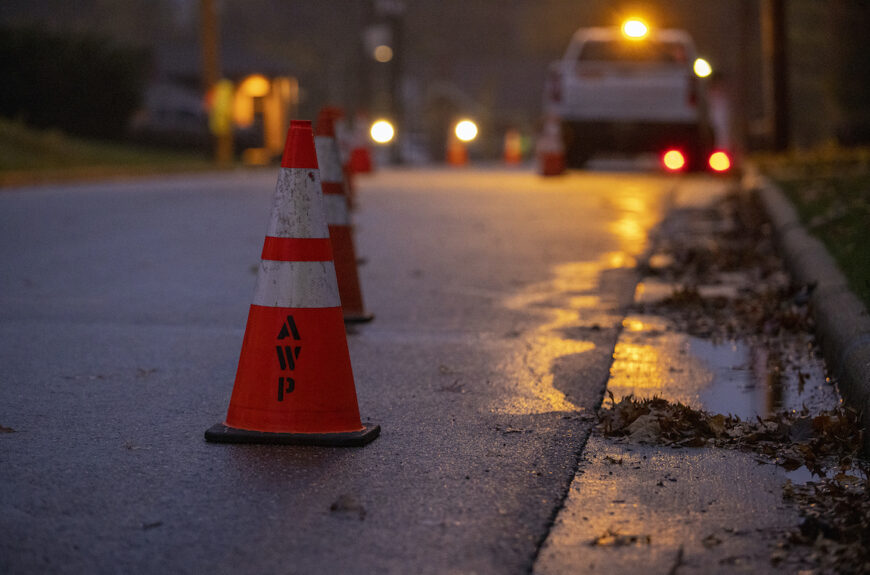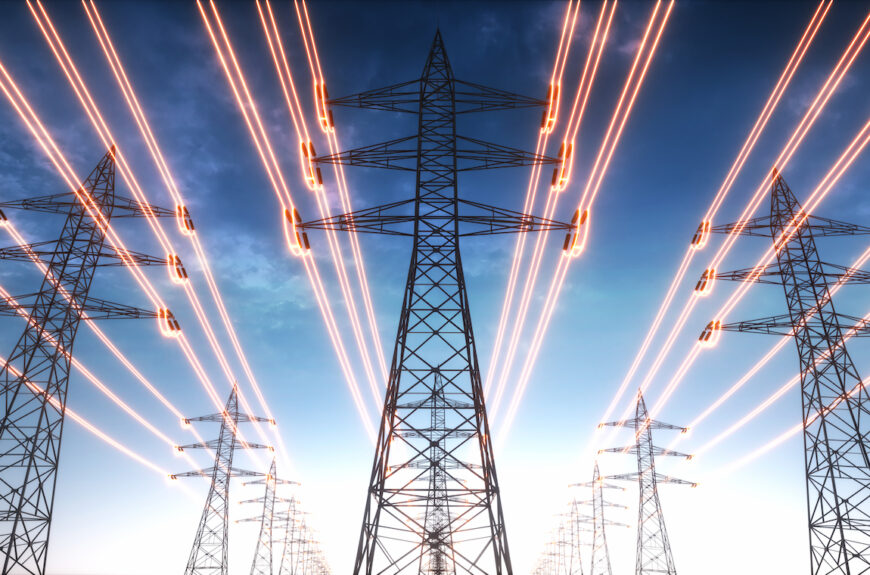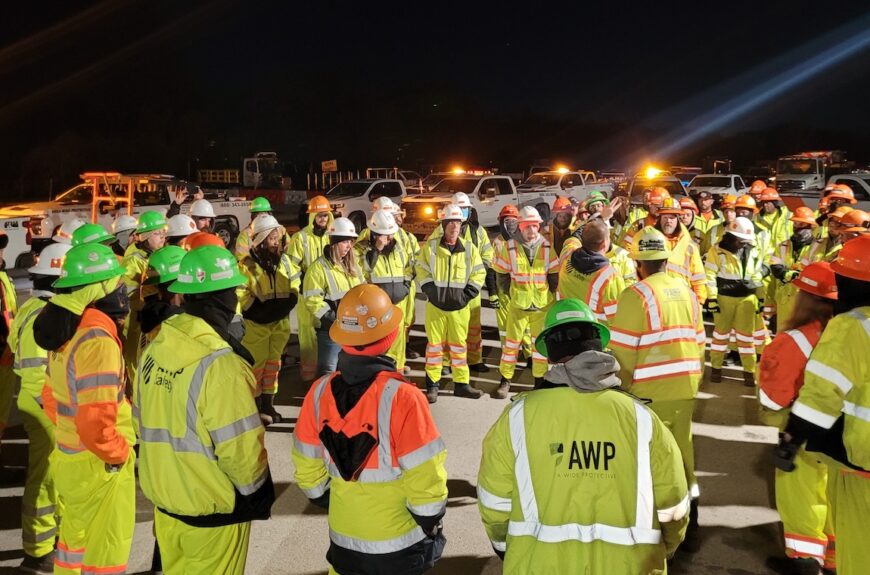
Restoring Power After the Storm
Spring is often considered North America’s “severe weather season” – complete with hurricanes on the coast, tornadoes in the interior and thunderstorms all over the place. But a secondary severe weather season exists, and it has nothing to do with snow.
According to AccuWeather, October and November are just as capable as the spring months in creating conditions for tornadoes, flooding downpours, hail and damaging winds. In fact, the NOAA National Centers for Environmental Information reported 107 tornadoes across seven southern U.S. states last November alone. Many caused fatalities, injuries and widespread temporary loss of power.
“After storms, it’s crucial that power, telecommunications and water infrastructure get restored immediately so emergency workers and response teams can do their jobs,” says Jarrod Wachter, AWP Safety’s chief operating officer. “People still need medical care and access to basic necessities like food and water. Businesses still need to operate. And people need to get around town safely. Our team helps make that happen.”
Why Severe Weather is an Enemy of Utilities – and Safety
Between 2000 and 2021, 83% of reported major power outages in the U.S. were attributed to weather-related events. Heavy rain, lightening and strong winds can knock down power lines, blow objects into overhead power lines, flood power-related equipment and damage insulation in critical power systems.
Those unsafe conditions create the potential for people to be injured by falling objects or electrocuted by downed wires, making quick utility response crucial minutes after the storm.
Then there’s the in-home risk. In 2021, the average U.S. electric power customer experienced more than five hours without power due to a major weather event, reports the U.S. Energy Information Administration. Those impacts range from inconvenient (like not being able to cook a meal) to life-threatening (like power being cut to equipment used to care for a home hospice patient).
The Role of Emergency Traffic Control
When utility companies partner with a traffic control solutions provider, they can restore utilities more safely and more quickly.
“Our first priority is always securing the work area, whether that means closing roads or setting up standard work zones to keep line workers and other crew safe, “says Wachter. “Our Protectors also manage traffic flow through and around work sites so cleanup crews and residents can start getting around safely after a storm. The last thing we want is for there to be an accident when a community is still recovering from severe weather.”
In 2018, AWP Safety deployed more than 550 Protectors to support recovery efforts after Hurricane Florence landed in North and South Carolina. More recently, our crews have responded to tornado recovery efforts in Indiana and Hurricane Fiona power restoration in New England and Canada’s Maritime provinces.
We also respond to environmental disasters and spills, like the April train derailment in East Palestine, Ohio.
“Our business is safety and our people take it very seriously,” adds Wachter. “We’re the type of people that run toward an emergency to help, and the way we do that is by offering expert-level traffic control.”
AWP Safety crews mobilize across the country to cover 24/7 emergency storm work when you need it. Connect with your local team, or request a quote.



